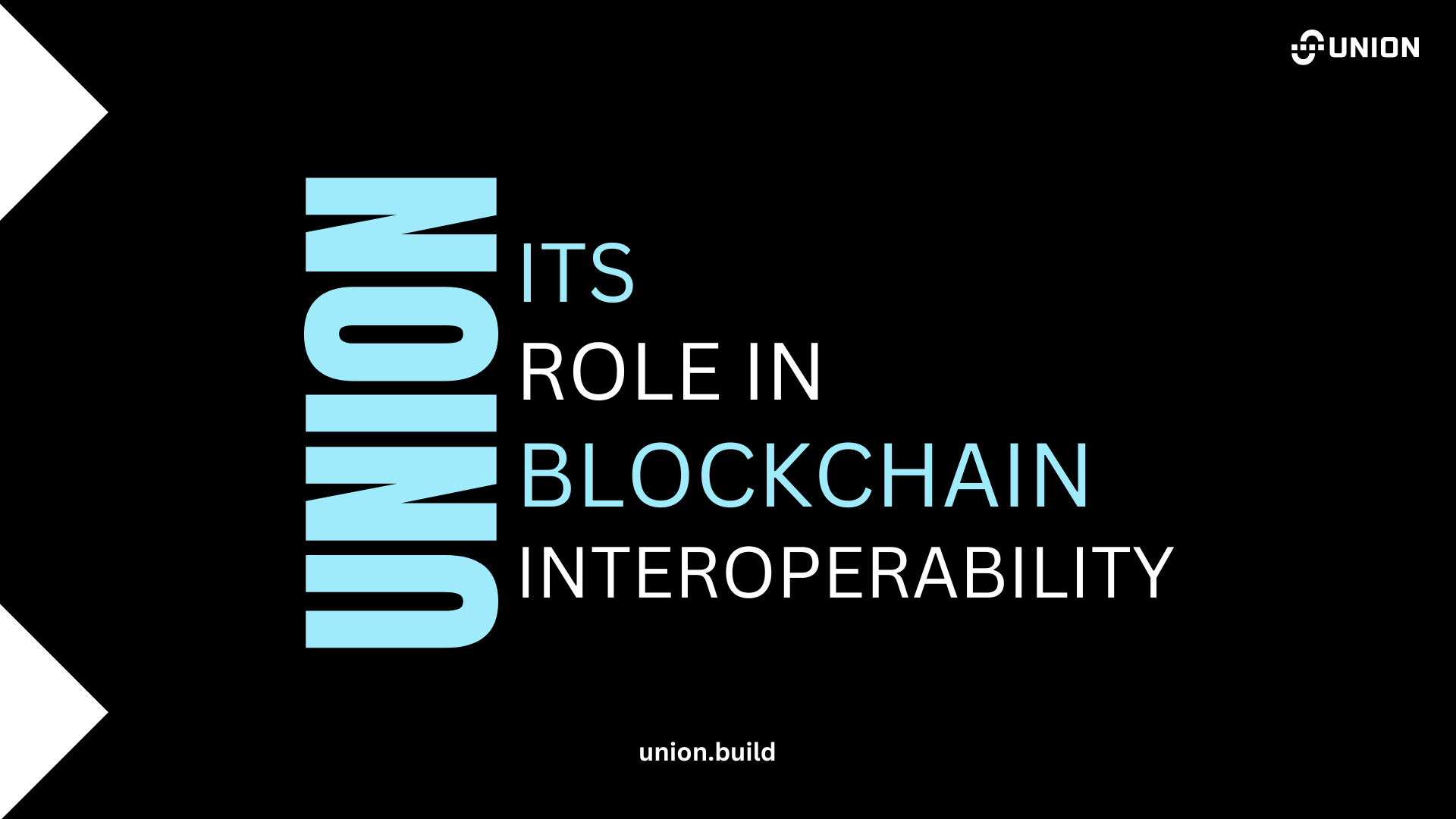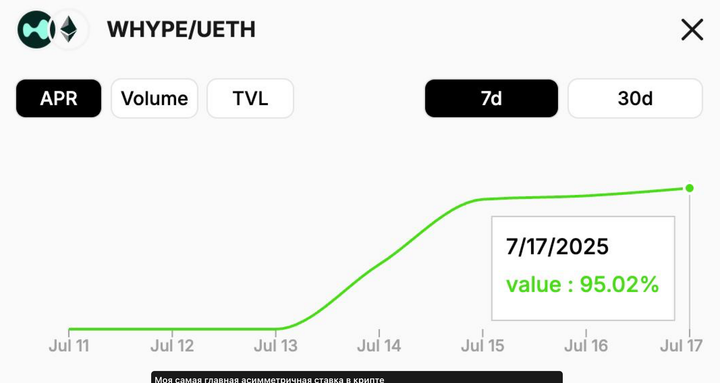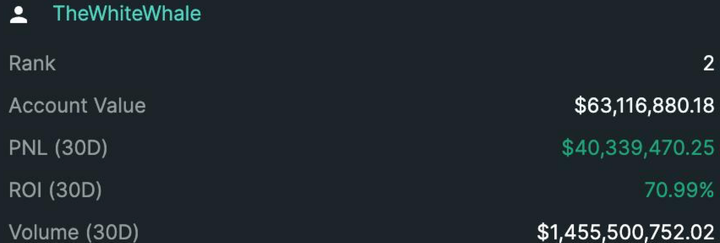Union and Its Role in Blockchain Interoperability

Introduction to Blockchain Interoperability and Union’s Mission
Blockchain technology has transformed decentralized systems, but the proliferation of blockchains has introduced significant challenges, particularly in interoperability. Interoperability refers to the ability of different blockchains to communicate, share data, and transfer assets seamlessly. Without it, each blockchain operates in isolation, limiting innovation and user experience. The lack of interoperability has been a major barrier, with users often managing multiple wallets and facing slow, expensive, and risky asset transfers due to reliance on centralized bridges. This fragmentation hinders the growth of decentralized applications (dApps) and overall blockchain adoption.
Union emerges as a groundbreaking solution to this problem. It is a modular zero-knowledge (ZK) interoperability protocol designed to connect disparate blockchain networks, enabling secure, efficient, and trustless communication and asset transfers. Union's vision, as outlined on its official website (union.build), is to create a unified blockchain ecosystem where assets and data can move freely between chains, much like how the internet allows seamless communication across networks. This vision aligns with the broader goal of achieving a multichain future, as highlighted in articles like The Investor’s Guide to Blockchain Interoperability.
Technical Overview: How Union Operates
At the core of Union's technology are two key innovations that drive its functionality:
- Consensus Verification: This mechanism allows validators on one chain to verify that consensus has been achieved among validators on another chain before accepting a transfer. This ensures that the state of the source chain is accurately reflected on the destination chain without relying on trusted intermediaries, reducing the risk of centralized points of failure. As noted on union.build/learn, this process unlocks trust-minimized interoperability, a critical feature for secure cross-chain interactions.
- Zero-Knowledge Cryptography: Union uses ZK proofs to reduce the computational power and gas required for cross-chain transactions. ZK proofs allow one party to prove that a statement is true without revealing any additional information, making the process faster and more efficient. This is particularly important for scalability, as it minimizes resource consumption, as discussed in Union Labs Raises $4M.
These technologies enable Union to provide a hyper-efficient messaging layer that supports general message passing, asset transfers, NFT bridging, and DeFi interoperability between various blockchains and rollups. Union extends the Inter-Blockchain Communication Protocol (IBC), a standard for blockchain interoperability, to all of Web3. IBC, likened to TCP/IP for the internet, allows blockchains to establish connections with other IBC chains, enabling one blockchain to verify proofs against the consensus state of another using a light client. This facilitates robust interoperability, including asset transfers, atomic swaps, cross-chain decentralized exchanges, and cross-chain smart contracts, as detailed on union.build/learn.
Key Features and Innovations
Union offers several cutting-edge features that set it apart in the interoperability space, as outlined on its website (union.build):
- Subsecond Messaging Protocol: Union provides the first subsecond messaging protocol for application-specific intents and transfers, ensuring near-instantaneous communication between chains. This is crucial for real-time applications like DeFi and gaming, addressing the latency issues common in cross-chain interactions.
- Chain Abstraction: Union abstracts away the underlying blockchain details, allowing developers and users to interact with dApps without needing to know which chain they are on. This is similar to how the internet abstracts away network protocols, enhancing user experience and developer flexibility, as noted in Understanding Blockchain Interoperability.
- Modular Design: Union's modular architecture allows developers to build custom connections between chains, supporting a wide range of execution environments such as Solidity (EVM), Rust (SVM), and Move (altVMs). This flexibility is essential for integrating with diverse blockchain ecosystems.
- Native Support for Multiple VMs: Union natively supports EVMs, SVMs, and altVMs, integrating seamlessly with all execution environments. This broad compatibility ensures that developers can build across different platforms without significant rework, enhancing adoption.
- ZK-Powered Consensus Verification: By combining ZK proofs with consensus verification, Union democratizes cross-ecosystem connections in Web3, making interoperability more accessible and secure. This is part of the "endgame is ZK" initiative, emphasizing zero-knowledge technology’s role in achieving the ultimate goal of blockchain interoperability, as seen on Union’s Website.
Partnerships and Ecosystem Growth
Union has formed strategic partnerships with leading blockchain projects and ecosystems to expand its reach and functionality, as detailed on Union’s Ecosystem Page. Some notable partners include:
- Polygon: Union is connecting Polygon to IBC by unifying the AggLayer, enabling message passing and asset transfers between the Polygon ecosystem and IBC-enabled chains. This partnership, announced in a blog post (Connecting Polygon to IBC by Unifying the AggLayer), enhances liquidity and interoperability for Polygon’s ecosystem.
- Arbitrum: Union has added support for Arbitrum, bringing ZK interop to Orbit chains and unlocking liquidity flows across Ethereum L2s, EVM-compatible L1s, and Cosmos/IBC chains, as noted in Union Adds Support for Arbitrum.
- Secret Network: Partnering for seamless and private interoperability, enhancing privacy-focused applications, as seen in Secret Network Partners with Union.
- Scroll: Transferring assets and messages from IBC-enabled chains into Scroll via the zkIBC bridge, improving cross-chain functionality, as detailed in Union Partners with Scroll.
- Stargaze: Bridging blue-chip NFTs to Cosmos using the zk-IBC bridge, a first for NFT interoperability, as highlighted in Union and Stargaze Bridge Blue-Chip NFTs to Cosmos.
- Avalanche: Advancing interoperability with Project Ridge, creating a secure IBC connection between Avalanche L1s and the Union network, as noted in Union Partners with Avalanche.
- Solana: Partnering with Rome Protocol to bring trustless interoperability to Solana, leveraging Union’s infrastructure, as seen in Union Partners with Rome Protocol.
These partnerships underscore Union’s commitment to building a comprehensive interoperability layer that spans multiple ecosystems, fostering a collaborative and interconnected Web3 environment.
Recent Developments and Funding
Union has been actively developing and expanding its capabilities, with several recent milestones as of April 30, 2025, reflecting its rapid progress. Key developments include:
- Series A Funding: Union raised $12M in a Series A round, bringing total funds raised to $16M, as announced in Union Raises $12M... This capital will be used for core team expansion, partner integrations, and ecosystem growth, positioning Union as a leader in the space.
- Public Testnet Launch: Union’s public testnet is live, allowing users to connect their wallets and start transferring assets, with the final testnet (Testnet 9) also live, preparing for the mainnet launch, as detailed in Union Public Testnet.
- Integration with Babylon Genesis Network: Union is live as the launch interop provider for the Babylon Genesis Network, supporting Bitcoin Secured Networks and Bitcoin LSTs, enhancing Bitcoin’s interoperability, as noted in Union Live for Babylon.
- Ecosystem Grants: Union Foundation announced grants to support projects like Escher Finance, Fluton, and Dextr, aiming to boost transaction activity, increase total value locked (TVL), and expand Union’s coverage, as seen in Union Ecosystem Grants.
- U Combinator Incubator: In collaboration with Cracked Labs, Union launched U Combinator, a testnet incubator program for 50 teams to compete and join the next cohort of Union Fellows, fostering developer engagement, as highlighted in Announcing U Combinator.
These developments, as of the current date, underscore Union’s rapid progress and its positioning as a leader in blockchain interoperability, with active community and ecosystem growth initiatives.
Conclusion
Union stands as a transformative force in blockchain interoperability, offering a trust-minimized, zero-knowledge-based solution that connects diverse ecosystems securely and efficiently. By leveraging advanced cryptography and decentralized consensus, Union aims to break down barriers, fostering a unified DeFi landscape. With a growing ecosystem, strategic partnerships, and a mainnet launch on the horizon, Union is poised to revolutionize cross-chain communication, potentially reshaping how blockchains interact globally.
Mitosis University is brought to you by MITOSIS, and you can keep in touch by following:
WEBSITE || X (Formerly Twitter) || DISCORD|| DOCS



Comments ()